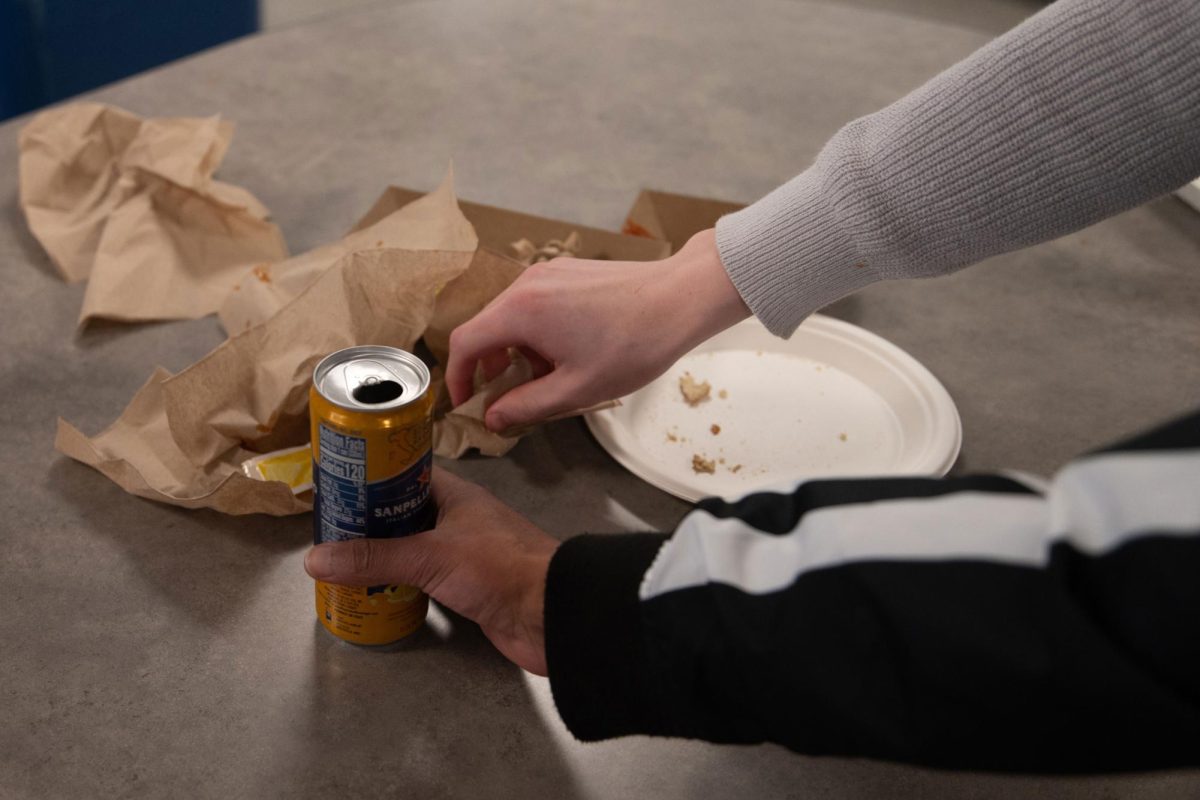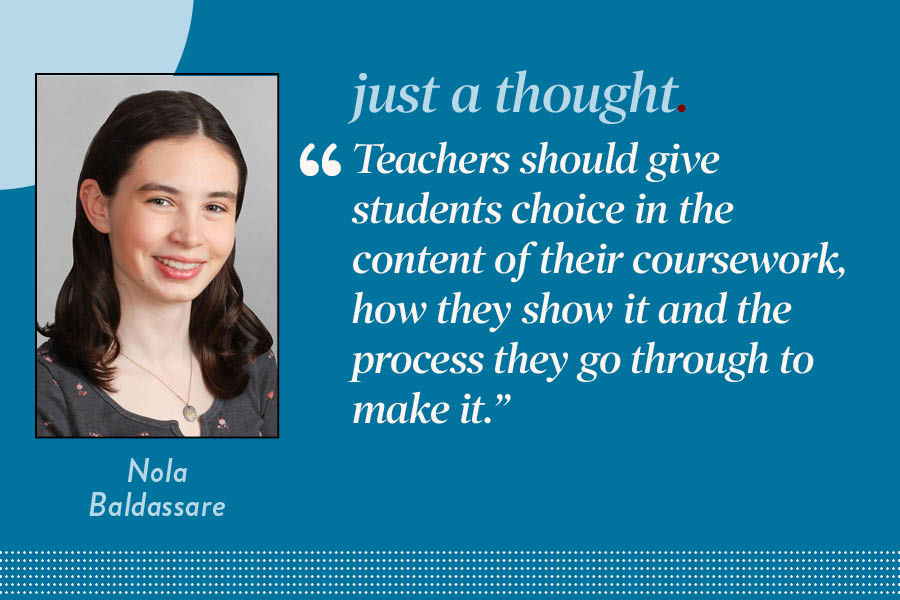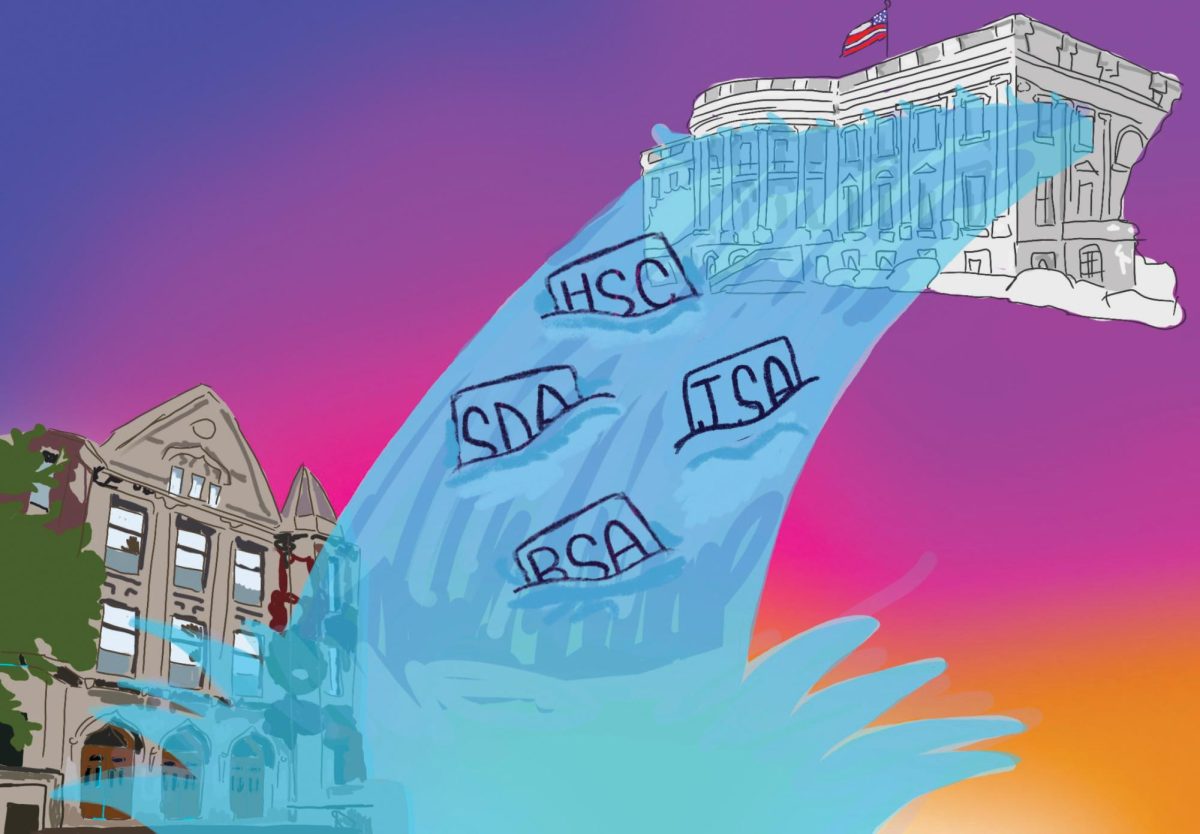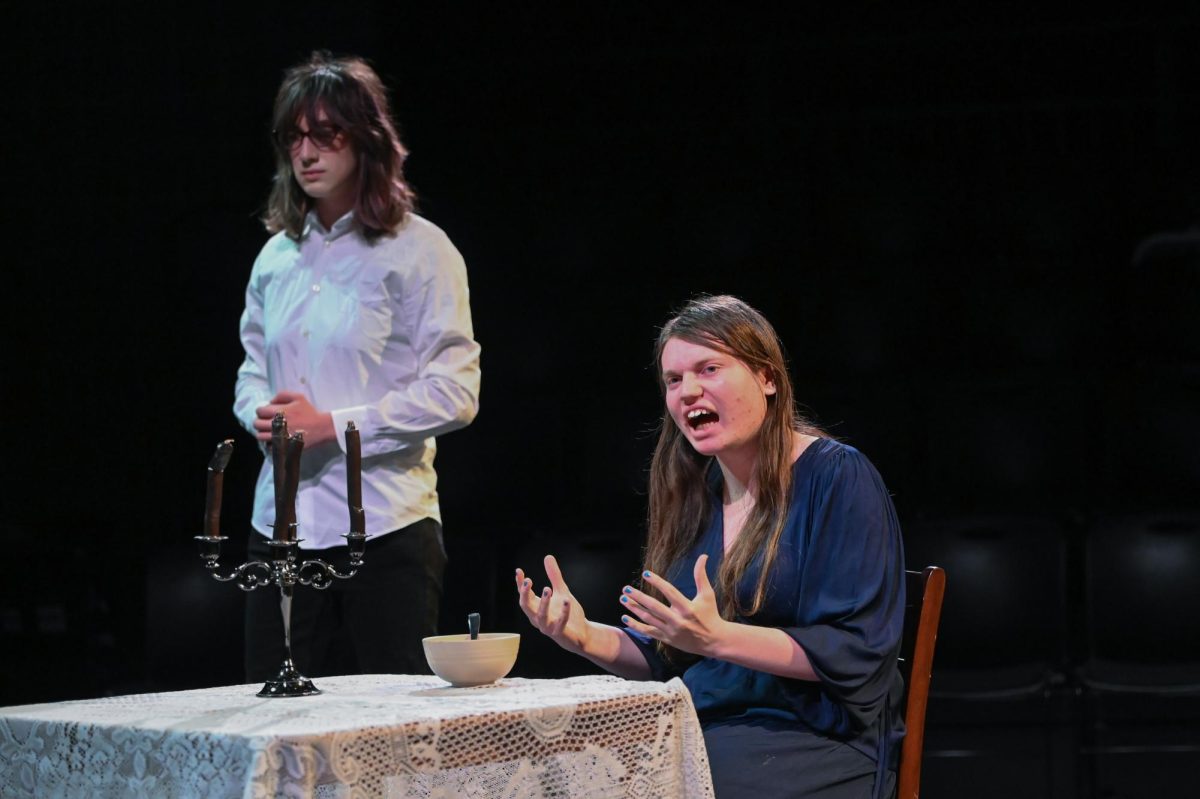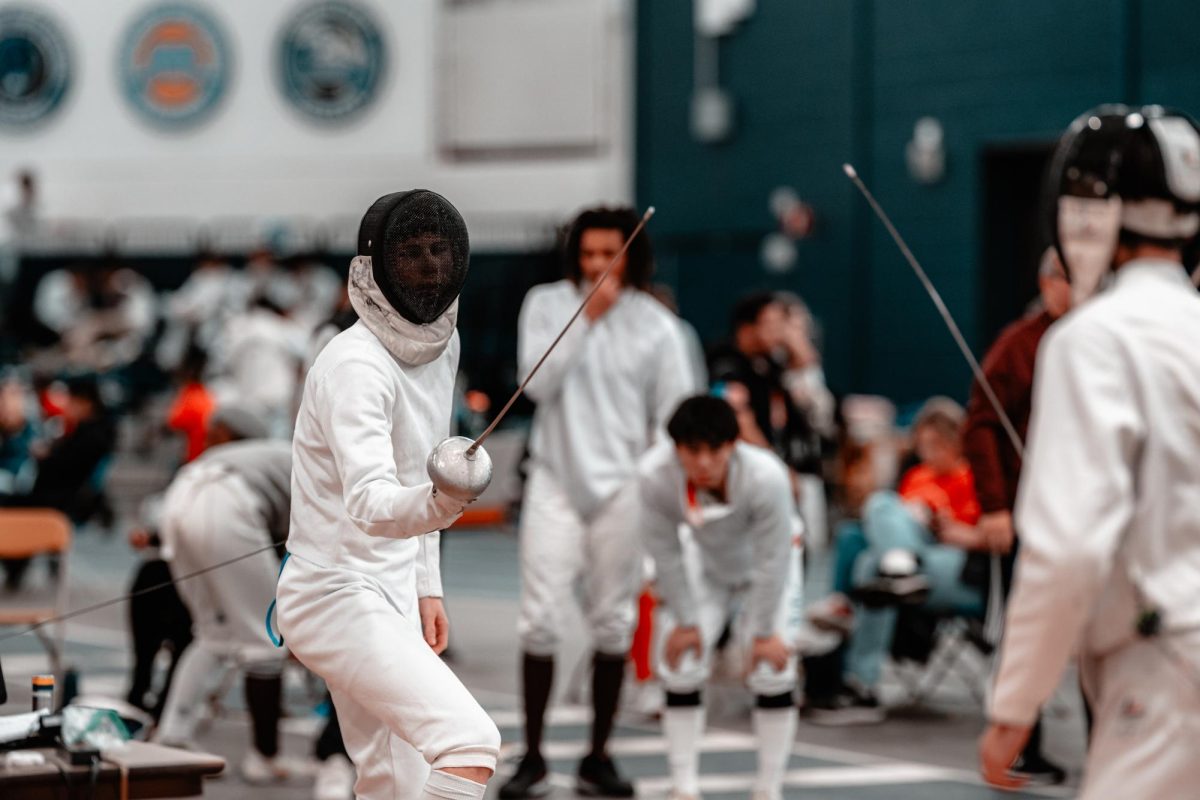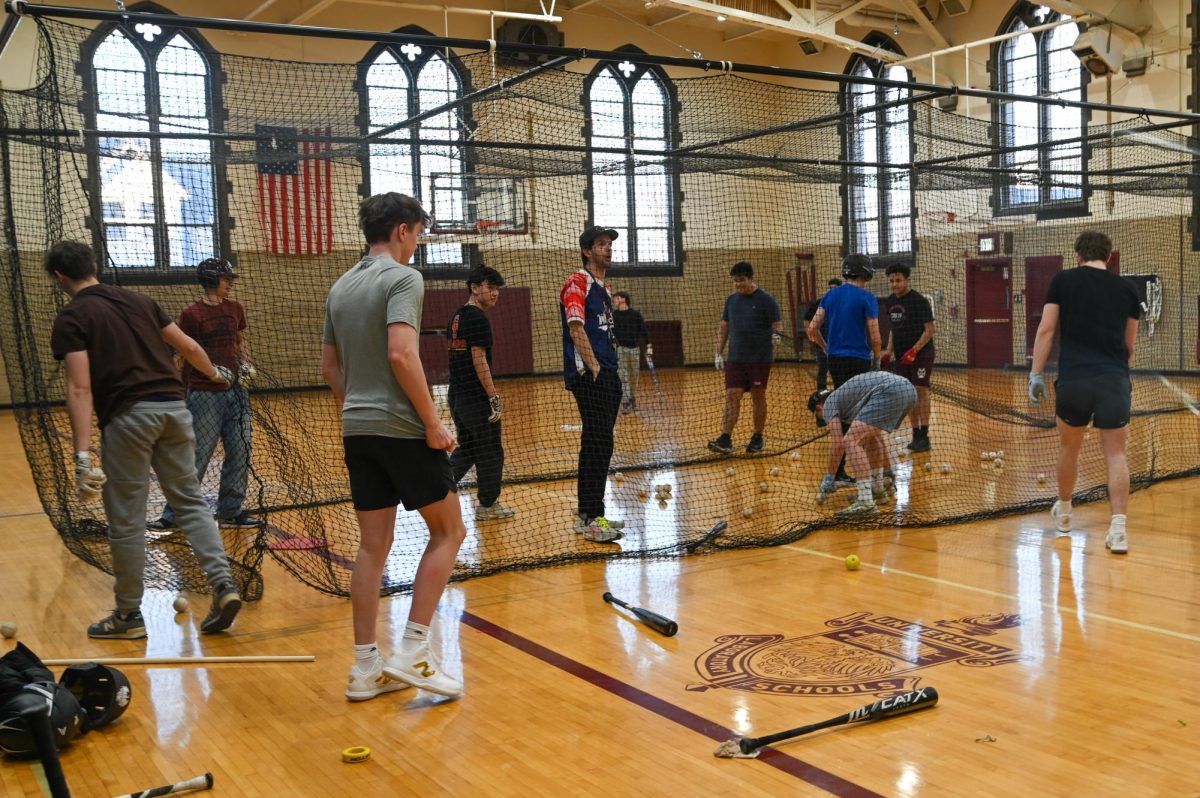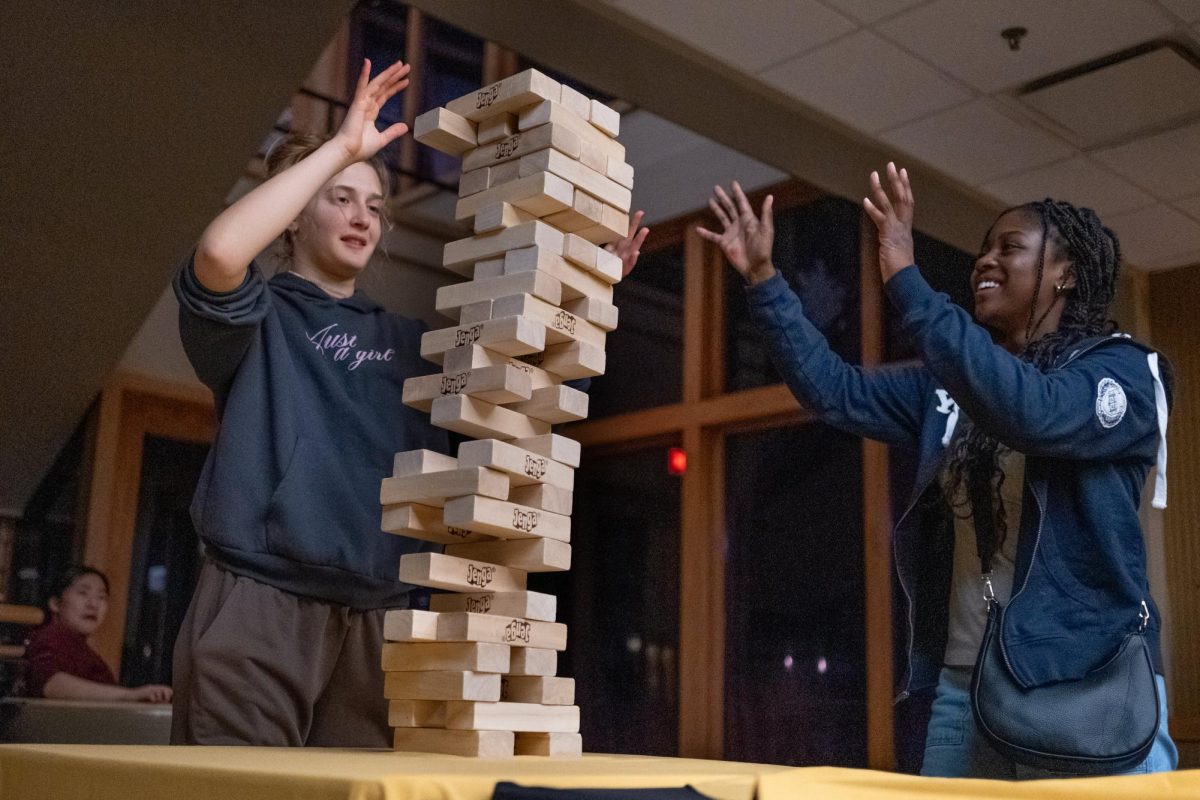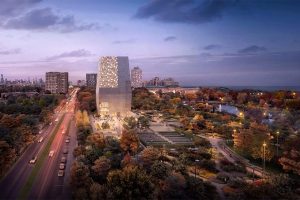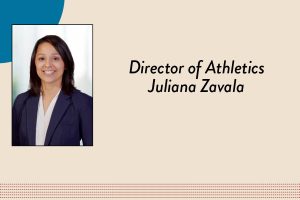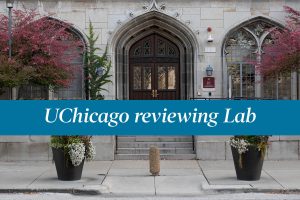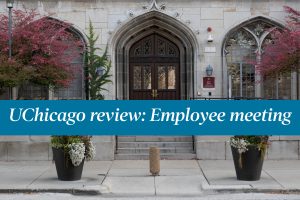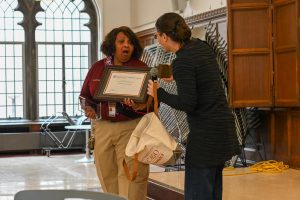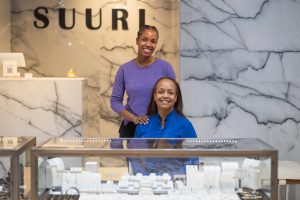Will Obama Center bring progress or gentrification?
May 9, 2018
On May 1, 1893, thousands of people from all over the world poured into the White City in Chicago. Part of the World’s Fair, the White City offered a utopian vision for the future—with its pristine columns and larger-than-life Ferris wheel, the city offered a temporary paradise for its visitors. But, after the fair was over, reality set back in: fires, vandalism and disassembly broke out, which almost made it seem like the fair never occurred. What used to be the home of the “White City” fell into disrepair and the neighborhood was largely ignored by the city.
Additionally, white residents also fled from what once was the White City. Throughout the early-mid 1900s Hyde Park experienced an extreme version of white flight, which turned it in the public’s eye from once a white paradise to a “dangerous neighborhood.”
The fair was set in the Jackson Park neighborhood, took place on the Midway Plaisance, and brought many changes to Hyde Park. Along with the founding of the University of Chicago, a huge building boom started in the neighborhood. Hotels were built, professors moved close to the university and new businesses started up because of the flow of people from the fair, shaping the way that Hyde Park developed around the university. University funding has been extremely beneficial for the development of the neighborhood, but has recently raised questions over whether or not the neighborhood is becoming gentrified.
Today, the grounds that once were home to Chicago’s World’s Fair have turned into golf courses, tennis courts, marinas, parks and paths.
“Hyde Park is gentrifying and has been for a long time. There’s building of apartments which means more apartment availability,” U-High history teacher Paul Horton said. “It’s important to look at the neighborhoods surrounding Hyde Park which now have more affordable rent while values of homes in the neighborhood have gone up.”
In 2016, when the Obama Presidential Center was announced to be built in Jackson Park, the changes coming for the south side of Chicago became even more apparent.
All of this is being driven by the OPC and the University of Chicago encouraging people to move to the south side.
“I think it’s gentrification. There will be higher mortgage values, higher home values and higher taxes.” Mr. Horton said. “I think people in the past who have moved to places like Woodlawn and North Kenwood will be priced out of the market.”





